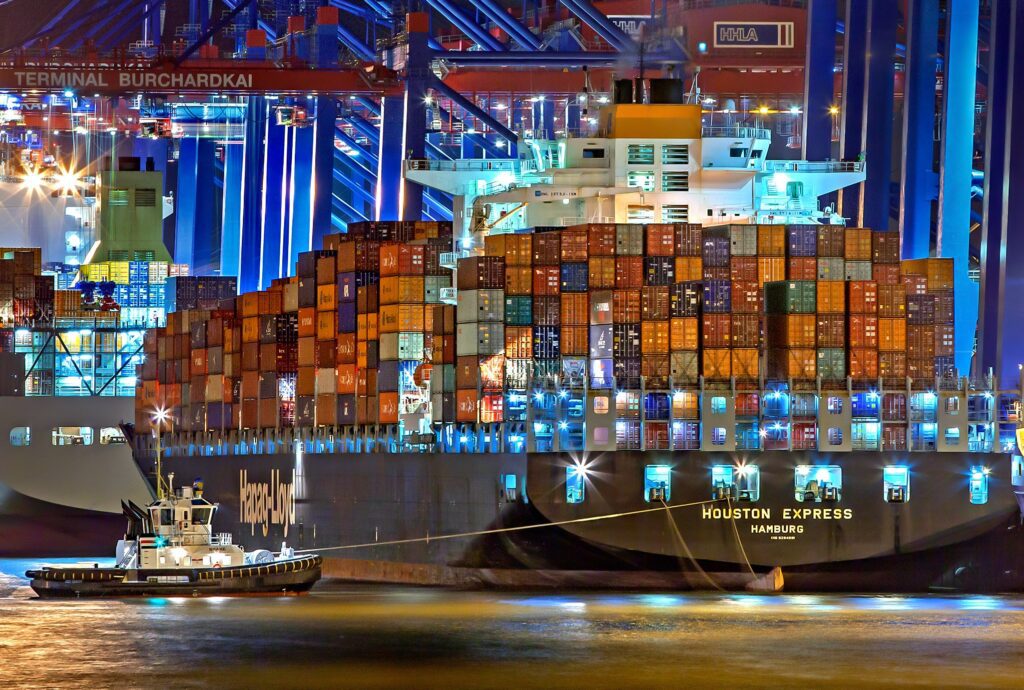
Out of Stock
October 4, 2021
As someone who grew up shopping from the JC Penny catalog and old farm stores, I’ve always been a bit amazed at the magic of modern-day shopping. In less than five minutes you can push a few buttons on your keyboard and poof a box four the size of the product you ordered arrives on your doorstep (sometimes even the same day). Of course, there is a lot going on behind the scenes. The logistical systems that coordinate ships, vehicles, aircraft, and infrastructure around the globe are very complex – and, as we’ve realized over the last 20 months, very fragile.
Global networks were facing issues long before the pandemic arrived. Deregulation in transportation industries, and trade policies that supported less investment in domestic production, are just two. The pandemic did however shine a light on many of the existing vulnerabilities. As people avoided travel, entertainment, and eating out, demand for things like recreational vehicles, home gym equipment, and groceries skyrocketed. Online shopping grew 20% between 2019 and 2020, according to Mastercard. With the world’s oceans as the main avenues for global trade, the rapid increase in the number of container ships entering the world’s largest ports has caused massive congestion. In early September, forty massive cargo vessels were waiting to enter ports in Los Angeles and Long Beach, the main destinations for the dominant Asian – U.S. trade route.
The supply disruptions that were initially tied to pandemic-related shutdowns of businesses have spread much more widely. Some manufacturers initially shifted production to meet increases in demand for consumer goods, only to cause a ripple effect of shortage in other sectors. The dislocation and sky-high prices in the automotive industry are a key example. As manufacturers made chips for laptops, gaming consoles, and tablets, they created a shortage of weather-resistant automotive-grade chips. Toyota recently announced they will be cutting upcoming production by 40% and new vehicle sales are the lowest they have been since 2011, during recovery from the Global Financial Crisis.
The idea that 2021 increases in inflation would be ‘transitory’ was partly based on a belief that supply shortages would be solved quickly. If such shortages persist into next year, inflation is more likely to remain at elevated levels. Recent data suggest that the fashion of describing inflation as transitory is turning out to be transitory.
There are some positive changes already underway. Giants like Amazon and Walmart are moving to utilize more fully their own supply chains. In August, Walmart announced a new line of business, Walmart GoLocal, which will provide last-mile deliveries to other merchants. There are also signs of a shift towards more regional or local networks. Moving production back to our shores continue to increase, despite the higher cost of manufacturing goods in the US. Last week, Intel started construction on two computer chip factories in Arizona, budgeted at $20 billion. Promising technologies such as 5G and robotics will improve flexibility further. No doubt solutions will be found – it will just take time.
Whitney Butler

